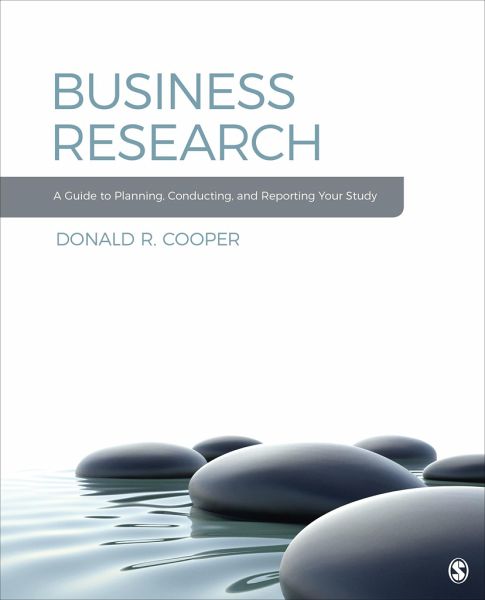Dr. Cooper′s specialty is research methods, statistics and organizational behavior. He taught for over 30 years in masters (MBA, Executive MBA and MPA programs) and doctoral programs in business and public administration. Cooper started his doctorate at the University of Colorado, Boulder, and completed his Ph.D. in an interdisciplinary curriculum (Communications Studies, Business-OB, and complex systems methodology) at Kent State University. At various institutions, his administrative assignments included Associate Dean of the Business School and director of a research center. Cooper is a recipient of grants and has produced articles, books and monographs. He also has received several teaching awards. Among his publications, Dr. Cooper and his co-author have a market-leading MBA textbook on research methods, Business Research Methods 12e by Cooper & Schindler, by McGraw-Hill. For 25 years has been used on four continents, in nine international editions, and four languages. His works have been cited by over 18,700 researchers (Google Scholar) writing in academic journals, books, theses, and dissertations. As a practitioner of psychometrics, his colleagues at IBM engaged him to join a small team in Europe as a visiting scholar, which created IBM′s first desktop computer, Aptiva. Currently, he serves as the managing director of the Cooper Research Group, a consultancy specializing in customer satisfaction, loyalty, and market segmentation research for the electronics industry. He has consulted for over 25 years in the Americas, Europe, and Asia-Pacific. A recent assignment in strategic planning for the investment community resulted in prediction studies from the sentiment side of stock price movement and the development of metrics for stockholder confidence. Before his academic career, Cooper was responsible for executive recruitment at a fortune 500 company and served as a Captain in a SAS unit of the U.S. Air Force during four years of active duty.




